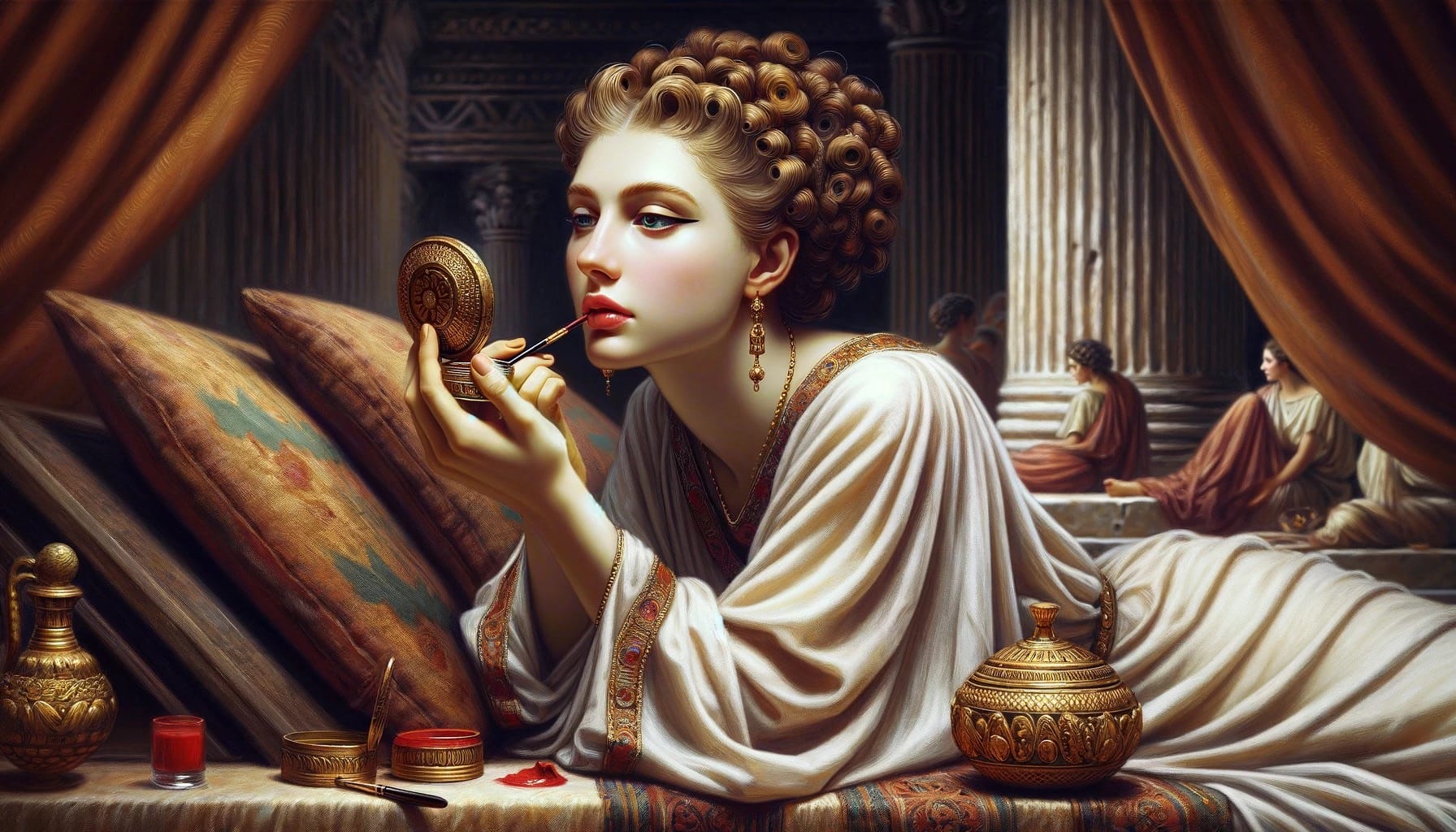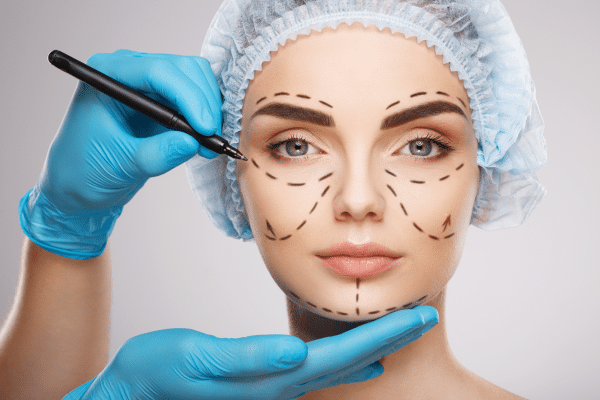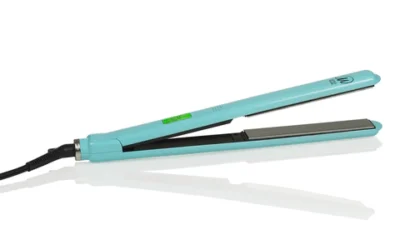Makeup
How to Make Makeup Brush Cleaner

Preserving pristine makeup brushes is essential for prolonging their functionality and shielding your skin from the stealthy onslaught of bacteria and impurities. Neglected brushes laden with grime can instigate clogged pores, unsightly blemishes, and even inflamed skin. Though various commercial brush cleansers exist, crafting a bespoke cleaner at home proves both cost-effective and customizable, with equally robust results. This guide divulges the essentials of creating a Makeup brush cleaner and safeguarding the quality of your makeup tools.
The Importance of Routine Brush Cleaning
With every stroke, makeup brushes amass oils, dirt, dead skin, and product remnants. As time passes, this accumulation morphs into a haven for bacteria, which can lead to numerous skin issues. Regular brush cleansing can help stave off:
- BlemSkin Discomfortishes and: Eradicating bacteria diminishes the likelihood of transferring unwanted particles onto your skin.
- Product Residue: Freshly cleaned brushes enhance makeup application, ensuring no remnants interfere with the purity of color and finish.
- Brush Durability: Routine maintenance preserves bristle structure, thereby extending each brush’s lifespan.

Essential Ingredients for a DIY Makeup Brush Cleaner
Formulating a cleaner is quite straightforward and often requires items already within reach. Here’s what you’ll need:
- Gentle Liquid Soap or Baby Shampoo: Efficiently lifts oils and cosmetic residue without harshness.
- Olive or Coconut Oil: Conditions and softens bristles, protecting them from brittleness.
- White Vinegar: A natural antibacterial agent that eliminates germs and neutralizes odors.
- Distilled Water: Minimizes mineral build-up that can result from tap water.
DIY Makeup Brush Cleaner Recipes
Each of these recipes brings distinct advantages, suited to different brush types and personal preferences.
Simple Soap and Water Solution
For daily upkeep, this straightforward formula works across all brush types.
Ingredients:
- 1 cup of distilled water
- 1-2 teaspoons of mild liquid soap or baby shampoo
Instructions:
- Mix the distilled water with soap in a bowl.
- Swirl each brush in the mixture, allowing it to permeate the bristles.
- Rinse with warm water and pat off any excess.
- Lay the brushes flat to dry.
Olive Oil and Soap Mixture
Perfect for a deeper cleanse, this mixture excels at dissolving tenacious residue, especially from oil-heavy or long-lasting products.
Ingredients:
- 1 tablespoon of olive oil
- 1 tablespoon of mild liquid soap or baby shampoo
Instructions:
- Blend the olive oil and soap on a flat dish.
- Immerse brush bristles into the solution, massaging gently.
- Rinse well with lukewarm water, ensuring no residue remains.
- Squeeze out any remaining water and lay flat to dry.
Vinegar and Soap Solution
For a monthly intensive clean, the natural disinfecting properties of white vinegar provide a refreshing cleanse.
Ingredients:
- 1 cup of warm distilled water
- 1 tablespoon of white vinegar
- 1 teaspoon of mild liquid soap or baby shampoo
Instructions:
- Combine distilled water, vinegar, and soap in a bowl.
- Swirl each brush through the mixture, working it into the bristles.
- Rinse well with warm water.
- Lay flat on a towel to air dry.

Steps for an Optimal Brush Clean
Once your preferred cleaning mixture is prepared, follow these steps to guarantee a thorough clean without harming your brushes:
- Moisten the Bristles: Place bristles under lukewarm water, avoiding the handle to preserve glue.
- Dip and Swirl: Immerse the brush in the cleaning mixture, gently swirling in your palm to dislodge debris.
- Rinse Thoroughly: Continue rinsing under lukewarm water until no product remains.
- Dry Properly: Gently squeeze out moisture, reshape the bristles, and lay flat to dry, with bristles positioned over the counter’s edge.
Recommended Cleaning Frequency
The frequency of brush cleaning varies by type:
- Foundation and Concealer Brushes: Weekly, due to regular exposure to oils and bacteria.
- Eyeshadow and Blush Brushes: Every two weeks, as they accumulate less oil.
- Powder Brushes: Once a month is adequate for these brushes.
Tips to Preserve Brush Quality
To ensure your brushes last, follow these tips:
- Avoid Hot Water: It can weaken glue and damage bristles.
- Store Carefully: Keep brushes upright in a clean, dry space.
- Use Brush Covers: Shields infrequently used brushes from dust.
Why Choose DIY Brush Cleaners?
Homemade brush cleansers offer notable advantages:
- Cost-Efficiency: Typically crafted with items you already own, they are budget-friendly.
- Adaptability: Customize ingredients based on skin type and makeup products.
- Eco-Friendly: Usually free from harsh chemicals, they’re kinder to both skin and the environment.
Common Brush Cleaning Mistakes
Avoid these missteps to maintain brush quality:
- Avoid Soaking: Extended water exposure can weaken the bristle glue.
- Thoroughly Rinse: Residual cleaner may irritate the skin.
- Don’t Dry Upright: Water can seep into the handle, loosening the glue.
Final Thoughts
Keeping your makeup brushes in pristine condition is essential for flawless makeup application and radiant skin. A DIY brush cleaner effectively eliminates dirt, bacteria, and buildup, safeguarding both your skin’s health and the longevity of your brushes. Whether opting for a simple soap mix, a nourishing oil blend, or a vinegar-based disinfectant, regular brush care is a straightforward and beneficial ritual.
Makeup
Is My Makeup Dated?

Ever peer into the mirror and ponder, “Is my makeup stuck in a bygone era?” Beauty trends evolve at lightning speed, often leaving us tethered to outdated aesthetics. But fear not! Recognizing whether your look needs a revamp and mastering the art of modernization is simpler than you might assume.
Indicators of Outmoded Makeup
Overly Sculpted Eyebrows
Recall the pencil-thin brow frenzy of the early 2000s? Those razor-thin arches have since given way to fuller, more natural contours, emphasizing a polished yet authentic aesthetic.
Cakey Matte Foundations
If your foundation mimics a porcelain mask, it’s time to pivot. Current trends favor lightweight, luminous finishes that amplify your natural radiance.
Frosted Shadows
The once-iconic frosty blues and silvers now evoke nostalgia rather than elegance. Elevate your gaze with earthy neutrals or muted metallics for an effortlessly chic appearance.

Makeup Mishaps That Accentuate Age
Mismatch in Skin Tone
Selecting foundation too light or dark disrupts harmony, creating a stark, unnatural visage. Devote time to finding a shade that complements your unique complexion.
Harsh Lip Liners
The starkly defined lips of the 90s have made way for softly blended edges, imbuing the lips with a more natural allure.
Revitalizing Your Makeup Regimen
Adopting Simplicity
Gone is the era of heavy-handed contouring and elaborate layers. Minimalism reigns, offering a rejuvenated, fresh-faced charm.
Embracing Cream Formulas
Cream-based blushes and illuminators meld seamlessly with the skin, delivering a dewy, lifelike finish unattainable with powders.
The Transformation of Beauty Trends
Echoes of the 80s and 90s
Bold hues and dramatic lips defined these eras. Modern interpretations, however, temper the vibrancy, channeling understated sophistication.
A Shift Toward Natural Elegance
The focus has shifted from masking flaws to enhancing natural attributes. Tinted moisturizers and sheer tints now take precedence over full-coverage staples.
Timeless Makeup Staples

Evergreen Lip Colors
Shades like classic crimson and subtle blush pink persist as universally flattering, ensuring your look remains perpetually refined.
Enduring Eyeliners
The iconic cat-eye remains a steadfast favorite, infusing any look with timeless sophistication.
How to Spot Outdated Products in Your Arsenal
Monitoring Shelf Life
Expired cosmetics compromise performance and may irritate your skin. Periodically audit your collection, discarding items past their prime.
Reassessing Color Palettes
Clinging to early-2000s neon eyeshadows? It’s time to embrace versatile, contemporary hues.
Strategies for Staying Current
Following Influencers and Experts
Social media platforms like Instagram and TikTok are treasure troves of trend insights. Follow renowned makeup artists for cutting-edge techniques.
Participating in Makeup Workshops
Hands-on learning offers invaluable insights. Workshops provide tailored tips that accentuate your features.
The Value of Professional Guidance
Why Consult a Makeup Artist
Professionals offer bespoke advice, harmonizing modern trends with your style.

Conclusion
Keeping your makeup contemporary involves embracing evolution and exploring new techniques. Whether you’re transitioning from matte to dewy or refining bold lip contours, the essence lies in finding what accentuates your confidence and beauty.
FAQs
How frequently should I refresh my makeup routine?
Consider updating your approach every six months to a year.
Can vintage styles still work?
Certainly! Just infuse them with a modern twist to keep them relevant.
What resources are ideal for mastering current techniques?
Social media, YouTube tutorials, and interactive workshops are excellent avenues.
How can I streamline my makeup routine?
Start with essentials like tinted moisturizers, quality mascara, and a neutral lip tint.
Are drugstore products as effective as luxury brands?
Absolutely! Many affordable brands rival their high-end counterparts in quality and performance.
Makeup
Beauty Standards Spiraling Out of Control: Reality vs. Illusion

In recent years, the discourse surrounding beauty standards has escalated into a contentious and heated topic. From airbrushed celebrity images to bizarre beauty fads, individuals find themselves under immense pressure to conform to unattainable ideals. Has the pursuit of beauty become an insurmountable quest? Let’s delve deeper.
The Evolution of Beauty Standards Through Time
Beauty in Ancient Civilizations

Throughout history, cultures have celebrated beauty in myriad ways, reflecting their unique societal values.
- Ancient Egypt exalted cleanliness and adorned eyes with kohl as a symbol of allure.
- In Greece and Rome, the athletic physique epitomized a blend of aesthetic appeal and strength.
Beauty in the Medieval Era
- In medieval Europe, an alabaster complexion signified noble elegance.
- Islamic societies revered hygiene and meticulous grooming, intertwining physical beauty with spiritual purity.
Modern Times and the Beauty Paradigm
The 20th Century: Fashion and Beauty Revolution
The advent of fashion magazines and advertisements revolutionized conventional perceptions of beauty.
Icons such as Marilyn Monroe and Coco Chanel left indelible marks, reshaping the global beauty landscape.
The 21st Century: Media’s Overwhelming Influence
Social media birthed an era where outward appearances became the yardstick of worth.
The rampant use of filters and digital enhancements cultivated unrealistic beauty ideals, distorting reality.
Beauty and Psychological Strain
Psychological Disorders Linked to Beauty Standards
The relentless pursuit of flawlessness often precipitates severe mental health issues.
- Disorders like anorexia and bulimia are alarmingly prevalent among the youth.
- Rising cases of depression and anxiety stem from the ceaseless chase for physical perfection.
Media’s Role in Reinforcing Stereotypes
The media perpetuates a monolithic image of beauty, marginalizing diverse representations.
Idealized portrayals fuel feelings of inadequacy, fostering a culture of self-doubt.
The Cosmetic Surgery Boom and Its Repercussions

The Rise of the Beauty and Cosmetic Surgery Industry
In recent decades, cosmetic procedures have surged in popularity.
From Botox injections to liposuction, countless individuals seek surgical solutions to enhance their appearance.
Health and Psychological Risks of Cosmetic Surgery
Botched procedures can lead to enduring physical complications.
An overreliance on surgical interventions compromises mental well-being, fostering dependency.
Is There a Remedy?
Fostering Self-Appreciation
Education emphasizing aesthetic diversity can bolster self-esteem.
Awareness campaigns championing unaltered, natural beauty promote body positivity.
The Role of Governments and Institutions
Implementing legislation to curtail deceptive advertising practices is crucial.
Supporting initiatives that advocate for self-acceptance can mitigate societal pressure.
Redefining Beauty: A Call to Action
Inner vs. Outer Beauty
Shifting focus from mere appearances to character and values can redefine societal priorities.
Prioritizing mental and physical health underscores the essence of holistic beauty.
Embracing Aesthetic Diversity
Celebrating beauty in its myriad forms fosters a culture of inclusivity.
Promoting traditions that value individuals for their uniqueness is key.
Conclusion
The beauty benchmarks imposed by society have morphed into burdens for many. It is imperative to reevaluate what beauty truly signifies, emphasizing the qualities that render us distinct. Authentic beauty transcends rigid standards; it emanates from within.
Frequently Asked Questions (FAQs)
- What are the modern factors influencing beauty standards?
Media and technology play pivotal roles, heavily focusing on physical appearances. - How do beauty standards affect mental health?
Chasing unrealistic standards can lead to psychological disorders such as anxiety and depression. - Is cosmetic surgery a viable solution for improving appearance?
While it offers temporary fixes, it carries both health and psychological risks. - How can self-esteem be enhanced?
Education on aesthetic diversity and promoting natural beauty can boost confidence. - What is the media’s role in reshaping beauty standards?
Media can foster positive change by advocating for diversity and self-acceptance.
Makeup
NATURAL Eye Makeup Tips to Balance out Close-Set Eyes
-

 Skin9 months ago
Skin9 months agoNatural Oil-Free Face Moisturizer Reviews & Buyers Guide
-

 Hair1 month ago
Hair1 month agoDoes a Flat Iron Kill Lice? Fact or Myth?
-

 Hair9 months ago
Hair9 months agoDoes a Flat Iron Kill Lice? Fact or Myth?
-

 Skin8 months ago
Skin8 months agoAbout Face Beauty: Tips for Enhancing Your Natural Beauty
-

 Hair9 months ago
Hair9 months agoFunction of Beauty: Personalized Hair Care for Your Unique Needs
-

 Skin8 months ago
Skin8 months agoBeautiful Nails: Tips and Tricks for Healthy and Gorgeous Nails
-

 Hair9 months ago
Hair9 months agoTitanium Flat Iron vs. Ceramic
-

 Skin9 months ago
Skin9 months agoNeutrogena Naturals Multi-Vitamin Nourishing Face Moisturizer Review




